Founded in 2009, Mynaric is one of the first startups incubated in the ESA BIC Bavaria. The company now has over 200 employees and offers the benefits of laser communication to a diverse range of customers, transferring data faster while using an untappable and unjammable technology. An interview with Joachim Horwath, CTO and co-founder of Mynaric.
What problem is Mynaric solving for its customers and how did you get the idea for it?
Customers opt for laser communication solutions – predominantly – for one of two reasons (or both): bandwidth and security. In space, the ability to move up to 100 Gbps of data from one side of the Earth to the other at the speed of light is invaluable in ensuring global connectivity for those ground-based services that require it. Additionally, in space and the air, the ability to move data using a technology that is essentially untappable and unjammable is irresistible for many players in numerous scenarios: for example, government networks in low Earth orbit, defense organizations in the stratosphere above various theaters.
Place these benefits in a product that is low on size, weight and power, highly cost-effective and – most importantly given the size of mega-constellations we are taking about – available in the numbers required at scale and you find customers knocking at your door regularly and loudly!
The idea simply came from the very customers who approached us from the outset. Those companies that shared our foresight and saw the direction the market would take were integral in our working with them to create technology demonstrators – prototypes – to establish the efficacy of these future game changers. Just a few short years after working with companies, such as Facebook, on proving the viability of a packaged optical communication terminal, we are now a company with a dedicated serial production hall committed to an annual target of 2,000 products a year.
From working as a researcher to founding a leading company in laser communication for space applications – what was the main driving factor for you to found Mynaric back in 2009?
We saw the potential that laser communication would bring in relation to speeding up and adding additional security to data transmission. The physical benefits over radio communication were clear: an untappable technology offering a security of data transmission that RF couldn’t match and far higher bandwidths totally outstripping those offered by radio communication.
But it was also seeing that connectivity would move into the sky and space that made us really consider taking laser communication as a technology and commercializing it. The potential was huge. We were aware of previous attempts in the 1990s to establish space-based constellations but the addition of laser communication into the mix was going to be, we recognized, totally transformative.
Ground-based cabling could only go so far. The economic and logistical drive to connect places that were remote or cut-off just wasn’t there: it made no sense to even try. But when you move connectivity into the sky and space the logistics are much simpler and, as we launched as a company committed to a NewSpace approach and economics, we exploited the technology with a strategic commitment to package it at scale for the incoming wave of constellations.
You have successfully grown your team to over 300 employees already. What was your experience with recruiting highly skilled engineers and scientists in Germany?
Offices, salaries, perks and bonuses only go so far with engineers and technicians. Just as important – sometimes even more important – is the technology itself and, equally, what is that technology used for. The technology itself is still young, very young. So working with it allows you to be a pioneer with it. To do something no-one has done before. That is a strong draw. Just as attractive is its end use as well. Many of the employees at Mynaric work on laser communication knowing that its holistic benefits for mankind could see an end to the digital divide.
An additional draw is Germany itself. And, especially, its world leading heritage in optics. When most non-Germans think of Germany they think of excellent cars, superbly manufactured electronic goods, and cutting-edge technology. Taken in total: heritage, a new technology, and the challenge of doing something world-changing for the first time: that’s attractive to many.
With the space market currently growing at a fast pace, will you be able to provide the rising demand for your current and future customers? Do you offer products in serial production already?
Yes to both questions! A move into serial production was a founding aim of Mynaric. In identifying the need for more connectivity, we realized that for this to be delivered effectively from LEO there would need to be constellations composed of thousands of satellites. So following prototype validation we moved as soon as possible into pre-series production and, after collaboration with launch customers, now sit ready to equip our customers with the numbers they require, as they require them.
Mynaric was the first ESA BIC supported company that went public when entering Frankfurt Stock Exchange in 2017, followed by its Nasdaq listing in 2021. What opportunities did this open up for Mynaric’s development and what has changed since then?
Funding, naturally, is a primary motivator for going public. When you are committed to taking a technology and producing it in series you need funds to help you achieve this until you are a revenue realizing concern. Funds for building and testing prototypes, key components, equipment, premises and, of course, employees.
However, it is not the only reason. Our recent NASDAQ flotation helps us cement ourselves as a trusted and committed supplier to U.S. customers, especially on the Government side. The NASDAQ is also a high growth, tech-orientated market so it was, we felt, a natural home for us as we undertake an expansion of our capabilities in the United States.
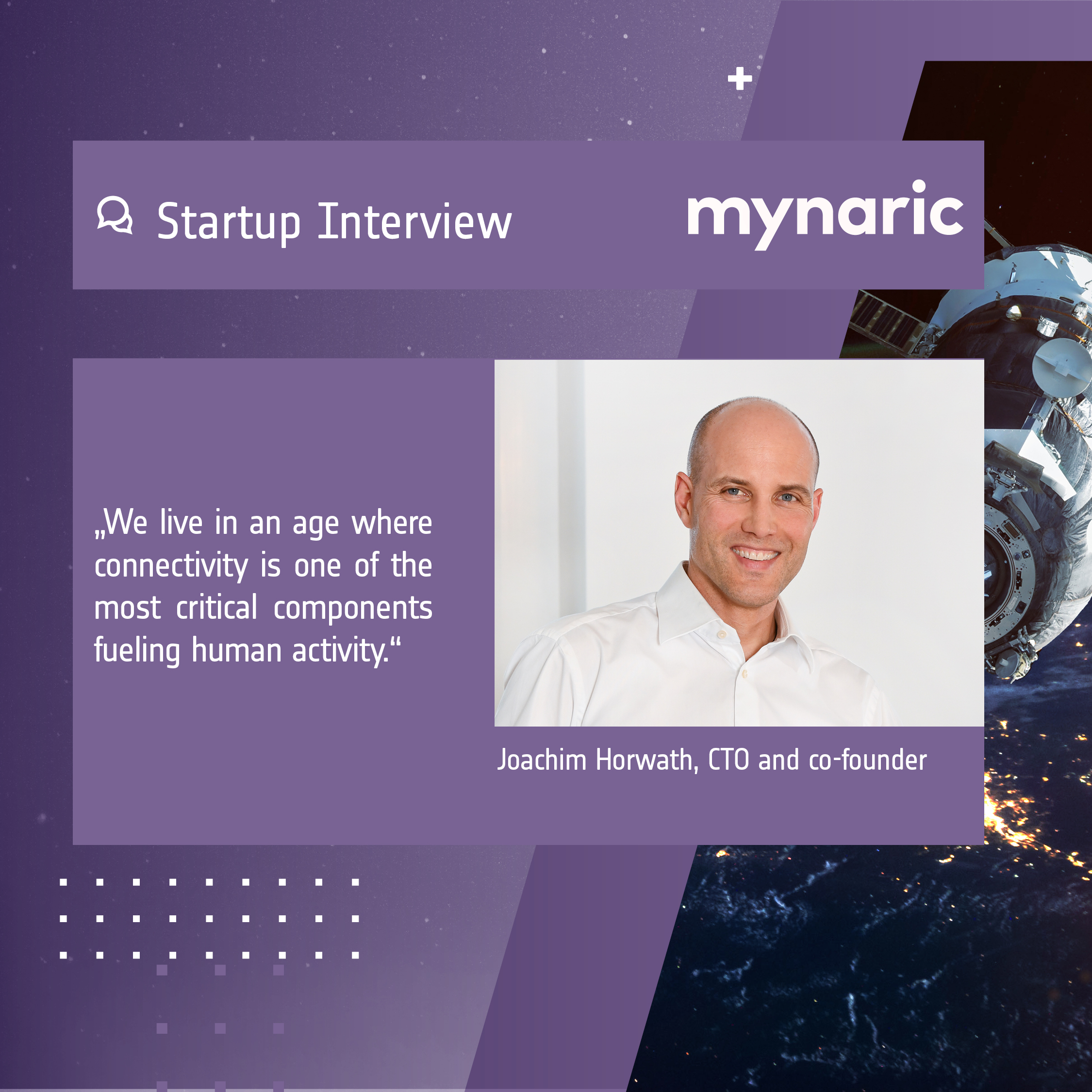
How can global connectivity help to reply to our global challenges of the 21st century?
We live in an age where connectivity is one of the most critical components fueling human activity. But there are problems in that there is not enough of it: the demand – from people, devices, governments, industry – for more connectivity is growing exponentially. The current pandemic, for example, and the move to working from home, has exposed the paramount importance of always-on and always-available connectivity.
There are large swathes of the planet without access to high-speed connectivity. There is a very human element to this lack of connectivity resulting in a lack of access to the numerous benefits that high-speed connectivity brings: distance learning, tele-medicine, access to knowledge bases, markets etc.
Global connectivity, powered by a laser communication backbone, offers the reach, resilience, availability – and just as importantly – security, to face down this astonishingly Malthusian growth in data needs.
Would you go to space if you knew you could never come back to Earth?
It is an interesting question. Many things that were traditionally undertaken on the ground are now taking place – or starting to take place – in space. The speed of innovation that private companies, supported by Governmental policy and finance, are achieving means that within the next few decades even more human activity will take place in low Earth orbit.
People laughed when Musk stated “Occupy Mars” but they also laughed when he said he would launch thousands of satellites orbiting the Earth and sending down high speed connectivity to people in cut-off areas. But he has done just that. And others follow where pioneers trailblaze a path. I have no doubt we will see human outposts in the solar system, space tourism and many other exciting things happening up there.
However, at Mynaric we have an unwavering belief that the prime use of space is to offer solutions to many of the connectivity and communication problems we have down here on Earth. We are actually not so much focused on improving things in space but for humanity on Earth and this is really what this commercial phase of the space industry is all about: utilizing space to make life on Earth better. Would I want to go to space to never return? No. Earth is beautiful and a lot more habitable than any other place we know of in the universe. But it would for sure be exciting to do a journey to a lunar hotel or a space station for a vacation to see our blue marble from the distance…
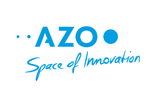
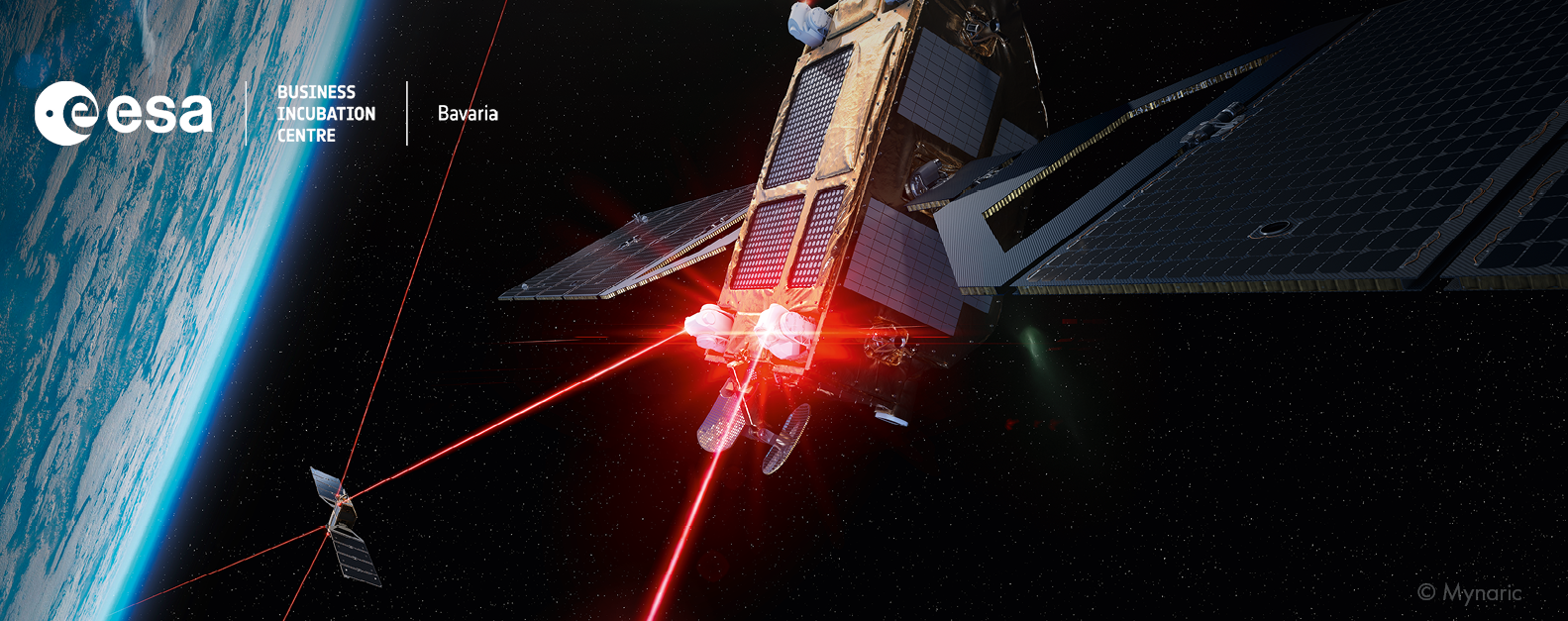

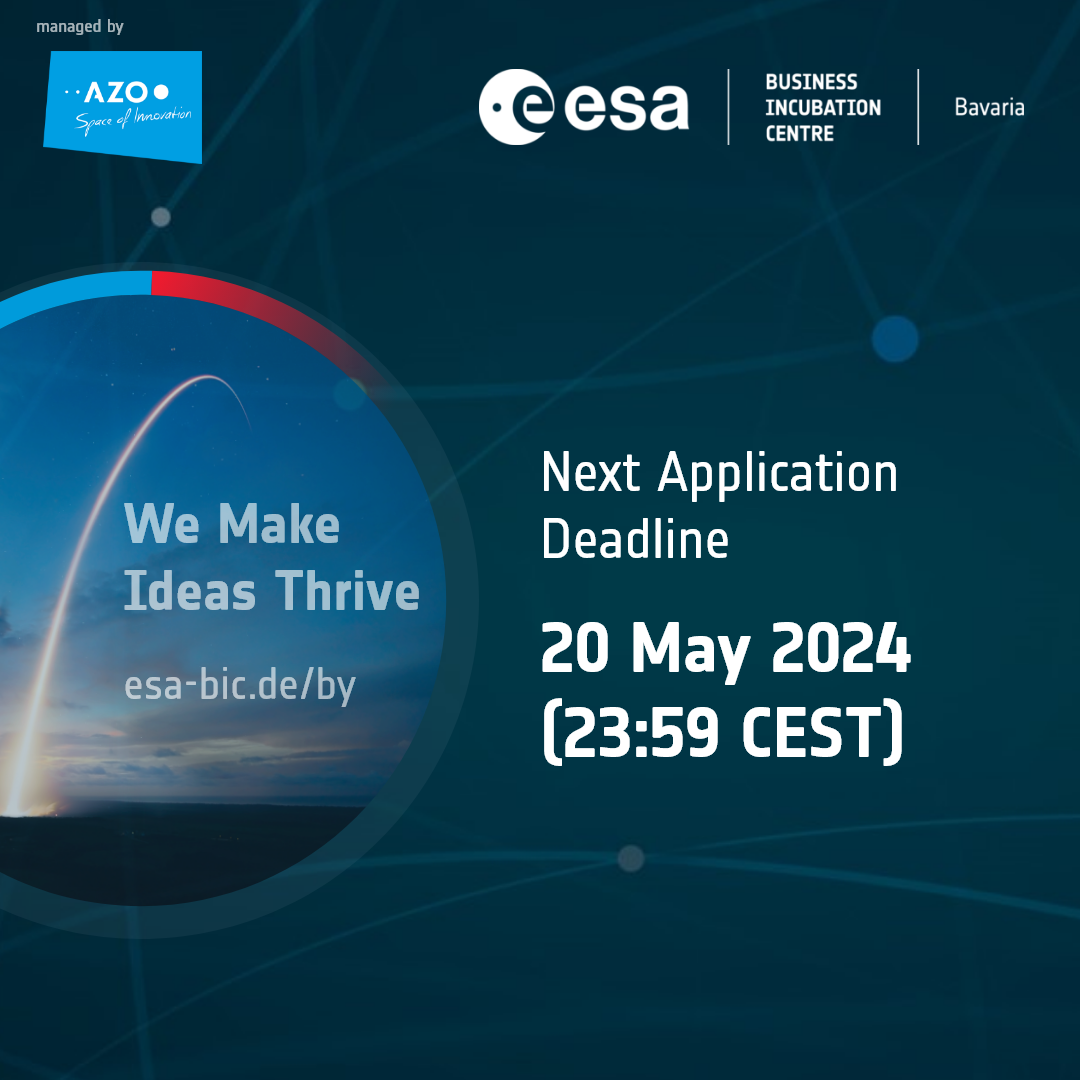


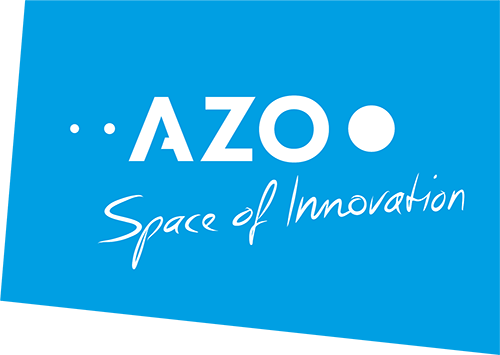
Comments are closed.